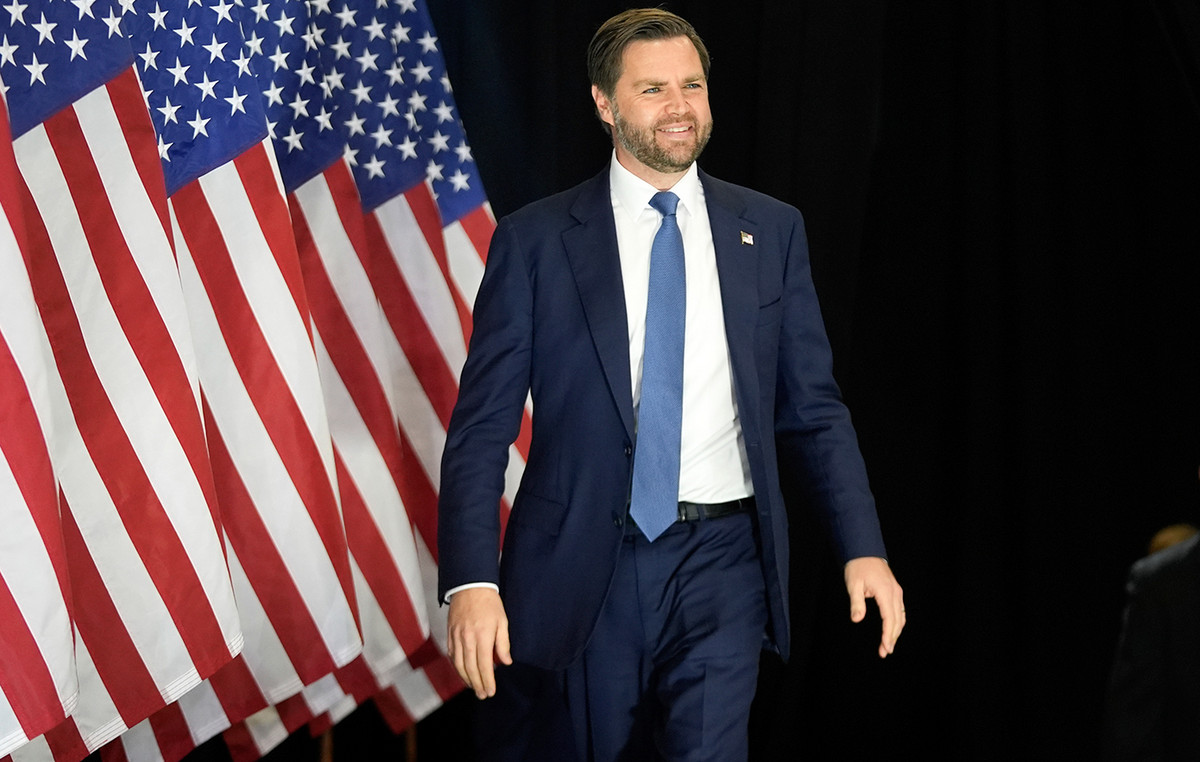Only a small amount of people have seen the wreck of the Titanic in person, as few have what it takes to visit: financial resources, access to experts and a willingness to accept the safety risk.
But for those willing to shell out, tourism and research company OceanGate Expeditions offered eight-day missions that allow customers to explore the Titanic, which lies more than 13,000 feet below the ocean’s surface. The experience costs $250,000 per person, according to the company’s website.
Extreme tourism has become a growing trend among thrill-seekers in search of an adrenaline rush, pushing the boundaries of conventional and sometimes safe travel.
OceanGate Expeditions, for example, is among several companies catering to the demand of private individuals who want to explore the seas and even the seemingly inaccessible depths of the world’s oceans.
“What I’ve seen with the ultra-wealthy, money is no object when it comes to experiences. They want something they’ll never forget,” said Nick D’Annunzio, owner of TARA Ink, a public relations firm that specializes in special events.
OceanGate launched successful expeditions to the Titanic wreck in 2021 and 2022.
On Monday, the US Coast Guard launched a search and rescue operation for a vessel belonging to OceanGate that lost contact while on a private tour of the Titanic. The company said it is “exploring and mobilizing all options to bring the crew back safely.”
OceanGate Expeditions, based in Everett, Wash., was founded in 2009 by aerospace engineer Stockton Rush, who is also aboard the sub, according to a source with knowledge of the mission plan.
According to the company’s website, OceanGate has developed manned submersibles capable of reaching depths of 4,000 to 6,000 meters, for chartering and scientific research.
Rush is also a member of the board of trustees of the OceanGate Foundation, a non-profit organization focused on developing marine technology to advance marine science, history and archaeology. Among the expeditions offered by OceanGate are shipwrecks, hydrothermal vents and deep water canyons.
Tours for an exclusive group
The trip is part of a category of adventure tourism accessible only to the ultra-rich – a group that is expected to grow in the coming years.
According to an annual wealth report by global real estate firm Knight Frank, the number of people worldwide who qualify as ultra-high net worth individuals, or those whose net wealth exceeds $30 million, has increased by 44% since 2017.
“Ultra-high net worth individuals are kind of shielded from a lot of these economic downturns that would make other people think twice about leaving,” said Gideon Kimbrell, CEO and founder of InList, a mobile app used to book luxury vacations, exclusive experiences and parties. of nightlife.
Those willing to spend a bigger sum can take 24-day private jet tours around the world, helicopters to Mount Everest Base Camp and even trips to space.
Last week, Virgin Galactic announced that its commercial spaceflight service would officially begin at the end of this month, and a second trip would take place in August. The company told CNN that a ticket costs $450,000 for “private astronauts,” as the company calls its customers, and that it sold approximately 800 tickets.
While space tourism remains out of reach for most people, it is a growing travel industry. Jeff Bezos’ Blue Origin and Elon Musk’s SpaceX have also sent paying customers into space over the past two years, and American space tech startup Orion Span has plans to open the world’s first luxury space hotel. , which will cost around $10 million per person for a two-week stay.
These types of experiences are offered not only in the skies or in the depths of the ocean. Ultra-luxury also proliferates on the earth plane.
Geoffrey Kent, founder of luxury travel company Abercrombie & Kent, has recently planned trips for clients including ice car racing in Finland and orangutan trekking in Borneo. The company told CNN via email that Kent’s goal is to provide experiences that “leave guests with a sense of accomplishment.”
Dangers of venturing
However, some ultra-luxury excursions are expensive because they are high-risk, which means a lot of expensive and careful preparations. Some are so unique that they pose a regulatory challenge.
For example, the missing Titan submersible is not subject to government regulations from independent groups that set safety standards, as the technology is very new and has not yet been reviewed, the tour operator claims.
“By definition, innovation is outside an already accepted system,” the company said in a 2019 post on its website. “However, this does not mean that OceanGate does not meet standards where they apply, but it does mean that innovation often falls outside the existing industry paradigm.”
Sal Mercogliano, a professor at Campbell University in North Carolina and a maritime historian, confirmed that the Titan submersible does not need to comply with safety regulations as it operates in international waters.
“It’s a gray area that is being exposed to daylight,” he said.
OceanGate CEO Stockton Rush has also repeatedly stated that existing submersible regulations unnecessarily prioritize passenger safety over commercial innovation.
“There has not been a loss in the commercial sub-industry in over 35 years. It’s obscenely safe because they have all these regulations. But it also hasn’t innovated or grown — because they have all these regulations,” Rush said in an interview published in the June 2019 issue of Smithsonian Magazine.
On the November 2022 Unsung Science podcast hosted by CBS correspondent David Pogue, Rush said that exploration comes with an innate risk.
“At some point, security is pure waste. I mean, if you just want to be safe, don’t get out of bed. Don’t get in your car. Do not do anything. At some point, you’re going to take some risk, and it’s really a risk/reward issue. I think I can just as safely do that by breaking the rules.”
But it’s not just deep-sea exploration that poses dangers. The US Congress has a regulatory moratorium on commercial manned spaceflight, according to the Federal Aviation Administration (FAA), which means that government safety regulations do not apply to spacecraft designed by Virgin Galactic, Blue Origin or SpaceX .
Currently, paying customers traveling to space must sign “informed consent” forms to accept any danger that may happen during the mission.
A CNN requested to view these forms from Blue Origin, SpaceX and Virgin Galactic, but did not receive an immediate response.
The FAA said it would be prepared to develop a safety framework for commercial human spaceflight if the congressional moratorium is not renewed later this year.
D’Annunzio said that, for the most part, things go well on more traditional and expensive thrill-seeking trips because the companies that plan these experiences guarantee it. “The handshake is super heavy. There is no room for confusion,” he said.
Ann Epting, senior vice president of private jets and special interest travel at Abercrombie & Kent, said the luxury travel company typically plans its adventure travels about 18 months in advance to ensure traveler safety.
Epting said the company will go so far as to create security precautions from scratch where none exist. On an excursion to a mountain village in Oman, Abercrombie & Kent once “built steps into the mountainside, as well as a 50-foot wooden bridge with a side railing to make the village more accessible to guests,” she said.
Source: CNN Brasil
Bruce Belcher is a seasoned author with over 5 years of experience in world news. He writes for online news websites and provides in-depth analysis on the world stock market. Bruce is known for his insightful perspectives and commitment to keeping the public informed.







